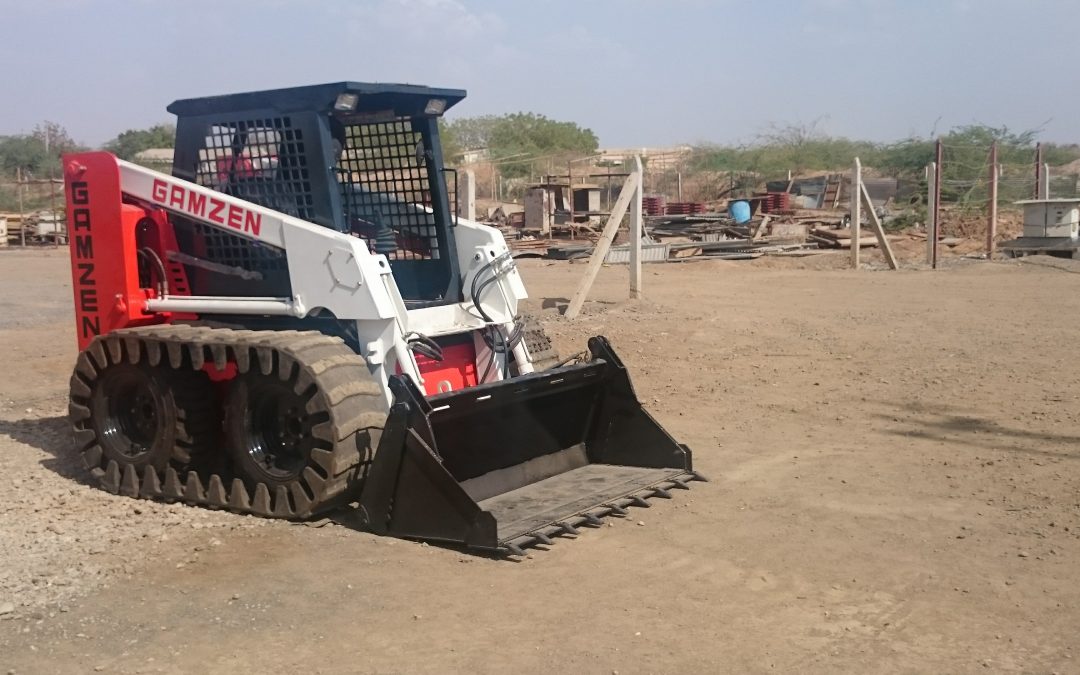When it comes to heavy machinery, the skid steer loader stands out as a versatile workhorse in construction, landscaping, agriculture, and various other industries. With a multitude of options available in the market, choosing the right skid steer loader can be a daunting task. In this blog post, we’ll delve into some often overlooked factors that play a crucial role in making an informed decision. Let’s explore these considerations, backed by statistics from reputable sources.
Operating Capacity: Beyond the Basics
While most discussions touch upon the skid steer’s operating capacity, few delve into the nuances. Manufacturers often provide two capacity ratings: the rated operating capacity (ROC) and the tipping load. ROC refers to the maximum load a skid steer can lift without tipping forward, while the tipping load is the point at which the machine becomes unstable. According to a report by MarketsandMarkets, the global skid steer market is expected to grow at a CAGR of 4.1% from 2021 to 2026, emphasizing the increasing demand for these machines across various industries.
Hydraulic Flow and Pressure: The Heart of the Machine
Hydraulic systems are the lifeblood of skid steer loaders, powering attachments and providing essential functionalities. Pay attention to hydraulic flow and pressure ratings, as they significantly impact performance. A study by Research Nester forecasts a steady growth in the hydraulic equipment market, reflecting the industry’s commitment to enhancing efficiency.
Attachments Compatibility: Unleashing the Full Potential
Skid steer loaders are renowned for their versatility, owing much to their compatibility with various attachments. Consider the compatibility of the machine with the attachments you might need, both now and in the future. According to a report by Grand View Research, the global skid steer attachments market is projected to witness substantial growth, underlining the importance of adaptability.
Visibility and Operator Comfort: A Safe Haven
Operator comfort and visibility are often underrated aspects. An ergonomic cabin design and excellent visibility can significantly impact productivity and safety. The Occupational Safety and Health Administration (OSHA) highlights the importance of operator safety, emphasizing the need for equipment that minimizes operator fatigue and enhances visibility.
Maintenance and Serviceability: Long-Term Viability
The cost of ownership is not just about the initial purchase; it extends to maintenance and serviceability. Opt for a skid steer loader with easy access to components and straightforward maintenance procedures. A report by McKinsey stresses the importance of proactive maintenance strategies, stating that they can reduce maintenance costs by up to 30%.
Emission Standards: Environmentally Responsible Choices
In an era of increasing environmental awareness, understanding the emission standards of your skid steer loader is crucial. Compliance with emission regulations not only aligns with environmental responsibility but can also have financial implications. According to a report by the International Council on Clean Transportation, stringent emission standards are driving innovation in the construction equipment sector.
Conclusion
Choosing a skid steer loader goes beyond merely considering horsepower and lifting capacity. By delving into the finer details such as hydraulic systems, attachments compatibility, operator comfort, maintenance, and emission standards, you can make an informed decision that aligns with your specific needs. As the skid steer market continues to evolve, staying abreast of these considerations will undoubtedly pave the way for success in various industries.

